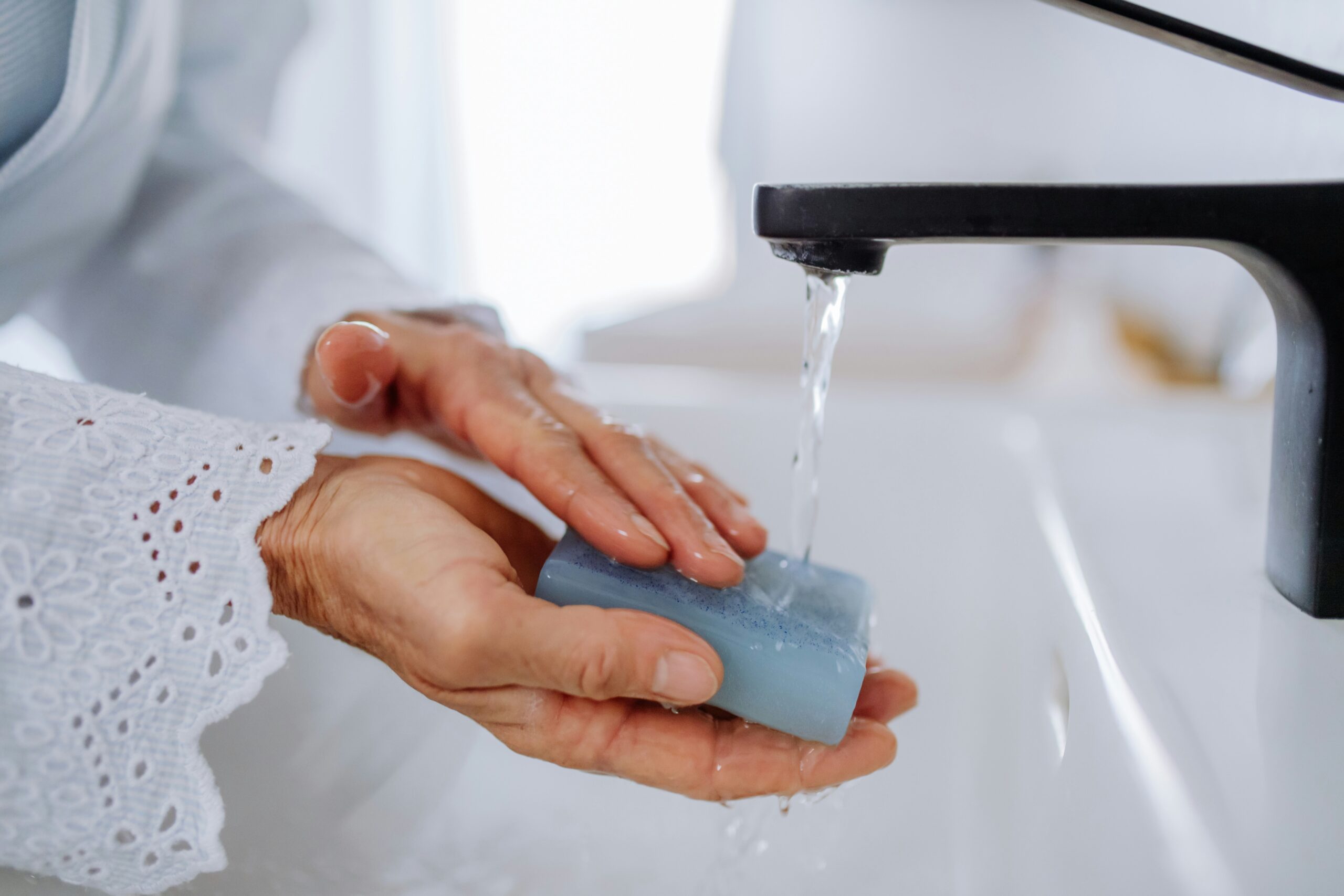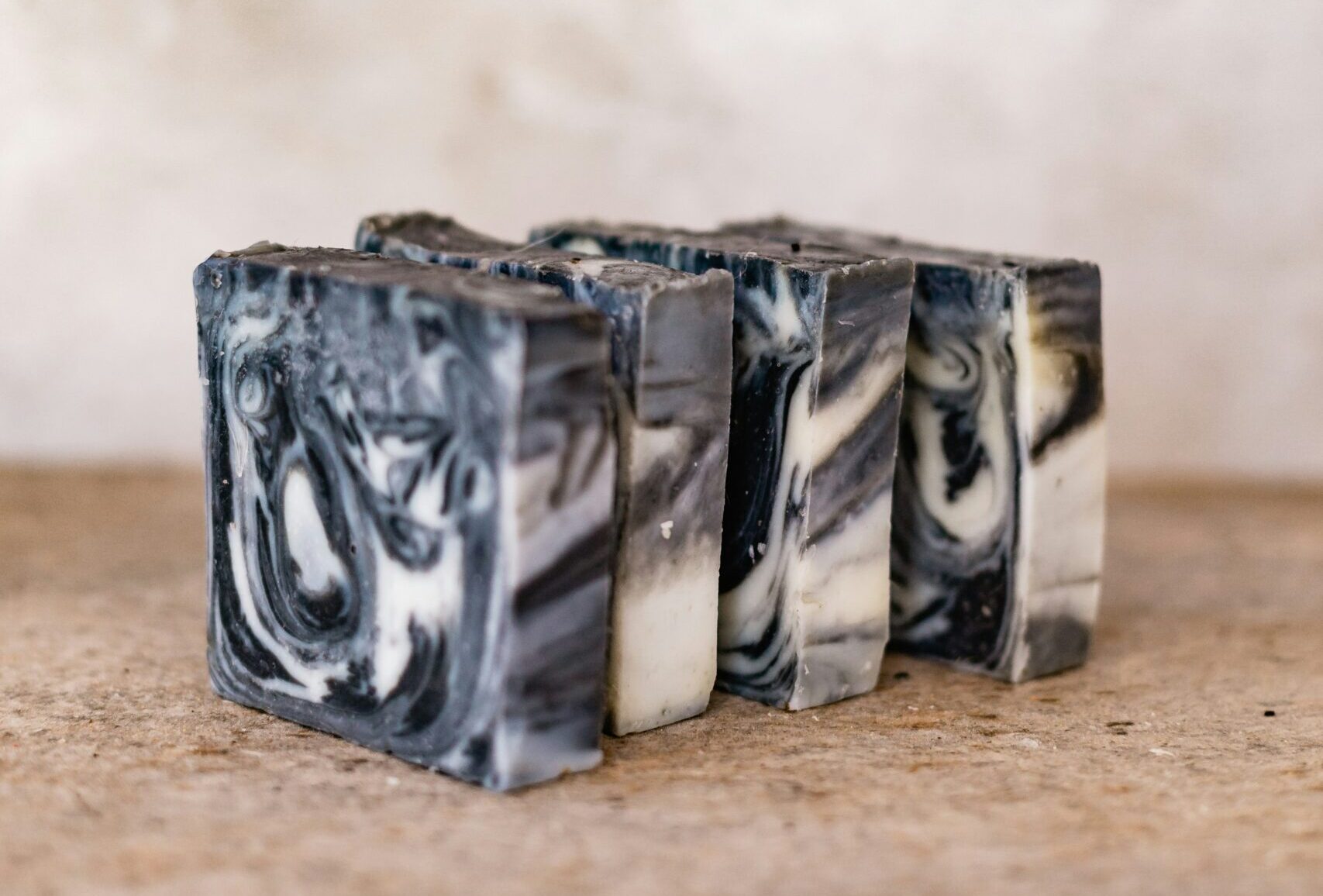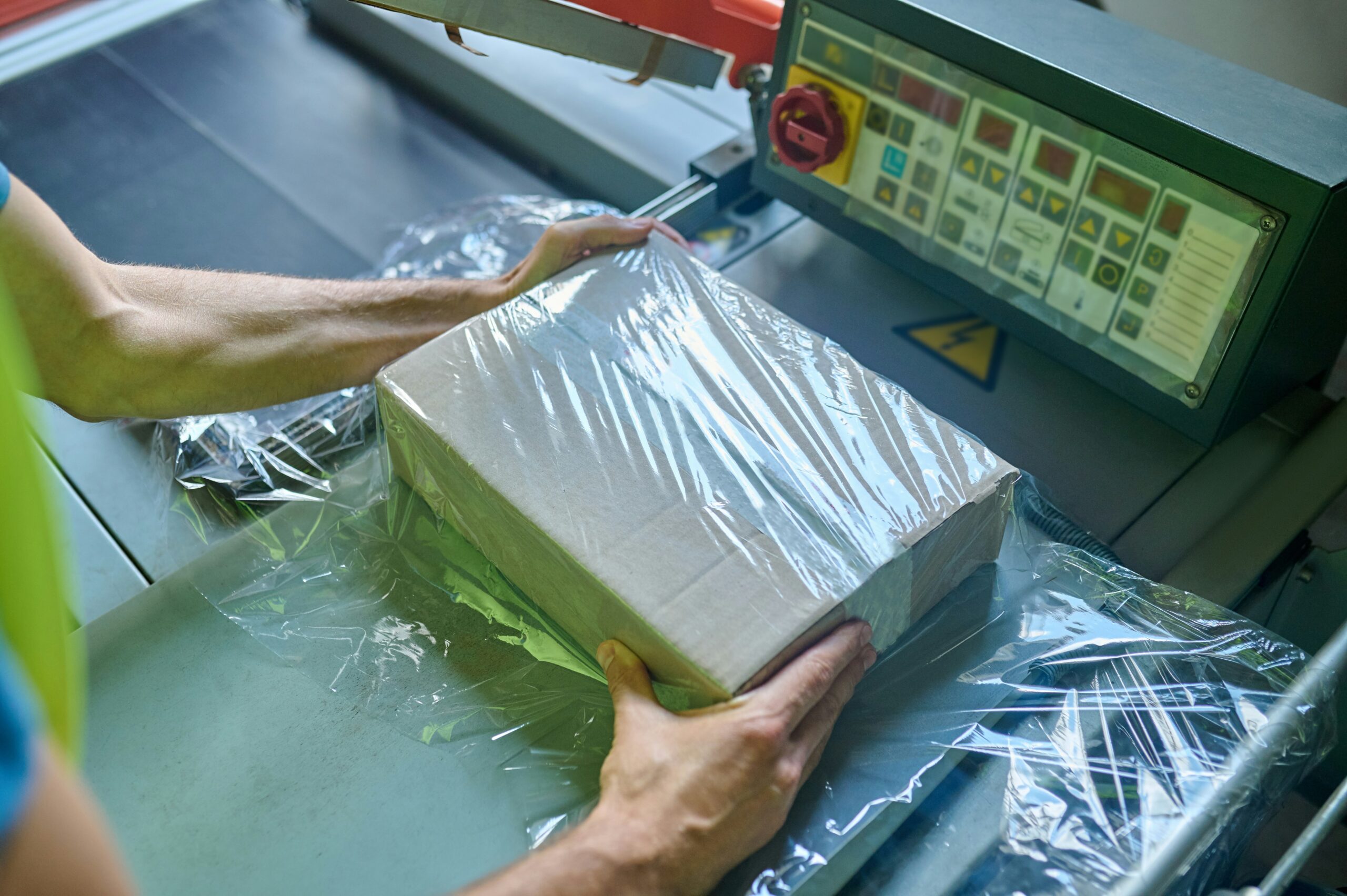Bar Soap vs. Liquid Soap: Which Is Better for Your Brand?

When you’re developing a skincare or personal care brand, one of the first decisions you’ll face is this key question: bar soap or liquid soap? At first glance, it might seem like a simple preference – one’s solid, the other’s not. But there’s more to consider beneath the surface. From shelf life and formulation to sustainability and packaging, each format can impact your brand’s positioning, logistics, and customer perception.
Let’s break down the differences to help you determine which option is best aligned with your goals.
To start, bar soap is solid, poured into molds, and typically cured over time. Liquid soap is usually a water-based formulation with surfactants, emollients, and other conditioning agents. Bar soaps tend to appeal to consumers who prefer minimal packaging and a more traditional product, while liquid soaps are often favored for convenience and ease of use.
Sustainability & Packaging
Bar soap has a clear advantage in terms of sustainability. It often requires little or no plastic packaging, and many brands opt for recyclable paper or cardboard wrappers. This appeals to environmentally conscious consumers and can support sustainability messaging. Explore sustainable packaging tips from EWG.
Liquid soap usually comes in plastic bottles or dispensers. While some brands are transitioning to refill systems or recyclable plastics, the packaging still tends to have a higher environmental footprint. Additionally, since liquid soap contains a significant amount of water, transportation and shipping can be less efficient from a carbon perspective.
Shelf Life & Storage
Bar soap typically has a long shelf life and doesn’t require preservatives if it’s kept dry. It’s stable and reliable over time, provided it’s stored properly.
Liquid soap, on the other hand, is more sensitive. Because of its high water content, it usually requires preservatives to prevent microbial growth. It can also be more vulnerable to heat and humidity during shipping and storage. Brands that emphasize clean or natural formulations need to take extra care when developing liquid products. FDA guidelines on organic and natural labeling help ensure compliance.
Recent increases in global freight rates and supply chain disruptions have also made liquid soap more complex to ship. Its heavier weight and vulnerability to temperature shifts add risk and cost, making local or domestic production even more appealing. Read how U.S.-based manufacturing improves stability and speed.
Consumer Perception & Usage
Bar soap is often seen as a more natural or artisanal option. It appeals to consumers looking for traditional, eco-conscious products and can convey craftsmanship. It’s popular among brands focused on sustainability, natural ingredients, or luxury bath experiences.
Liquid soap is generally viewed as more modern and convenient. It’s a preferred choice in family settings, public restrooms, and hospitality environments due to its hygienic dispenser format. For some consumers, it also feels more familiar and easier to use.
Both product types can coexist in your line depending on your customer segments. A bar soap may appeal to your boutique customers, while liquid soap offers practicality for retail chains or hospitality partners.

Formulation Flexibility
Liquid soap offers more flexibility in terms of formulation changes and product customization. It’s easier to adjust viscosity, scent profiles, and performance characteristics. If your brand plans to release seasonal fragrances or formulations for different skin types, liquid soap allows for more agility.
That said, bar soap formulations can also be highly creative, with opportunities for layered colors, embedded botanicals, or exfoliants. However, significant changes often require a full reformulation and testing cycle, which can add time and complexity.
If you’re looking for rapid iteration and ease of scalability, liquid soap may give you more freedom. If you’re aiming for rich, tactile experiences and bold aesthetics, bar soap provides a unique canvas.
Cost Considerations
Bar soap tends to be more cost-effective to produce, especially at smaller volumes. It uses fewer ingredients, requires less packaging, and doesn’t rely on preservatives. For startup or small-batch brands, this can make it a more accessible entry point.
Liquid soap production can be more complex. It often involves emulsifiers, stabilizers, and additional testing to ensure long-term safety. Packaging costs can also be higher, especially for custom bottles, pumps, or eco-friendly refill systems.
Additionally, recent global tariffs and rising costs for imported materials—particularly plastics and certain chemical agents—have made liquid soap even more expensive to produce overseas. Brands that rely on foreign manufacturers may feel this impact more acutely in their margins and retail pricing.

Choosing the Right Format for Your Brand
Here’s a quick comparison of key factors:
| Feature | Bar Soap | Liquid Soap |
| Packaging | Minimal, sustainable | Plastic-heavy (unless refills used) |
| Shelf Life | Long, stable | Requires preservatives |
| Consumer Perception | Traditional, artisanal | Modern, hygienic |
| Formulation | Custom textures and additives | Flexible, scalable customization |
| Cost of Production | Typically lower | Slightly higher due to packaging and stability requirements |
| Shipping Impact | Lighter, less waste | Heavier, more costly to ship |
Some brands choose to offer both formats to appeal to different market segments or expand their product lines. This can provide flexibility in positioning and broaden your customer base. Offering both also creates an opportunity for customer testing—allowing your market to show you what’s resonating most.
Final Thoughts
There’s no one-size-fits-all answer. Your choice between bar and liquid soap should be guided by your brand values, customer preferences, and operational needs. Bar soap may be ideal for a sustainable, small-batch brand, while liquid soap can offer scalability and convenience for a larger, more modern product line.
As global production costs rise and consumer interest in sustainability deepens, bar soap is experiencing a resurgence. Still, liquid soap has a firm place in many categories. The real advantage comes from knowing your customer and finding a manufacturing partner who understands your strategy.
If you’re still evaluating your options, Vanguard Soap can help. Our team can guide you through the decision-making process, assist with formulation development, and scale your production—whether you’re launching a new brand or expanding your product range.
Reach out to our team here at Vanguard Soap to learn more about how we support private label brands with bar and liquid soap solutions, all made in the USA.
